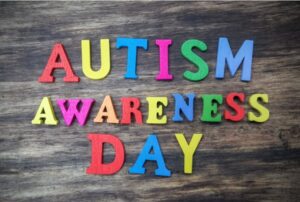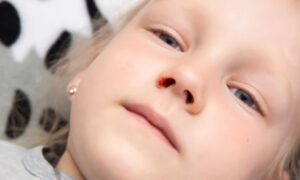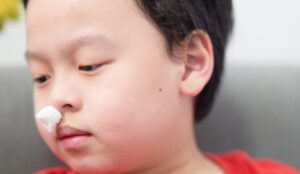Pityriasis alba is a common skin condition in children, often appearing as pale patches on the face and arms. A frequent concern is whether these patches are always dry. The answer is: not necessarily. The dryness associated with pityriasis alba varies from person to person, and here’s a closer look.
What is Pityriasis Alba?
Pityriasis alba typically affects children and teenagers, especially during dry seasons like fall and winter. It manifests as round or oval, pale patches on the skin, most commonly on the face, arms, or trunk. These patches are not sharply defined and are often accompanied by mild scaling.
Is Pityriasis Alba Always Dry?
Dryness is common in many patients, but not everyone experiences it. In humid environments, some individuals may not feel dryness, while others living in cold, dry climates may have noticeably dry skin. The dryness is linked to the disruption of the skin barrier function. When the skin's natural protective layer is compromised, moisture loss occurs, worsening the condition.
How to Identify Dry Skin?
Dry skin typically presents the following signs:
- Fine scaling or flakiness on the surface
- A tight or rough feeling on the skin
- Noticeable dryness upon touch
If a child’s pityriasis alba patches are dry, parents should take immediate steps to provide proper care.
How to Care for Dry Skin?
While pityriasis alba usually resolves on its own within a few months, appropriate skincare can help alleviate dryness and improve the appearance of the patches.
- Moisturize: Use fragrance-free, gentle moisturizers twice a day, especially after bathing, to help lock in moisture. Look for products with ceramides, glycerin, or urea, which help repair the skin barrier.
- Avoid Over-Cleansing: Use gentle cleansers and avoid harsh soaps, as these can strip the skin of natural oils and exacerbate dryness.
- Sun Protection: The pale patches can become more noticeable in the sun, so applying sunscreen when outdoors is crucial.
- Maintain Humidity: If living in a dry climate, using a humidifier can help retain moisture in the air and prevent further dryness.
Conclusion
Pityriasis alba is not always accompanied by dryness. Some children may experience only pale patches without noticeable dryness. However, in most cases, dryness is a common symptom. Proper moisturizing care can help manage discomfort and speed up recovery.
References:
- "Pediatric Skin Diseases and Treatments", XXX Publishing
- Mayo Clinic: Information on Pityriasis Alba
- WebMD: Symptoms and Care Tips for Pityriasis Alba








